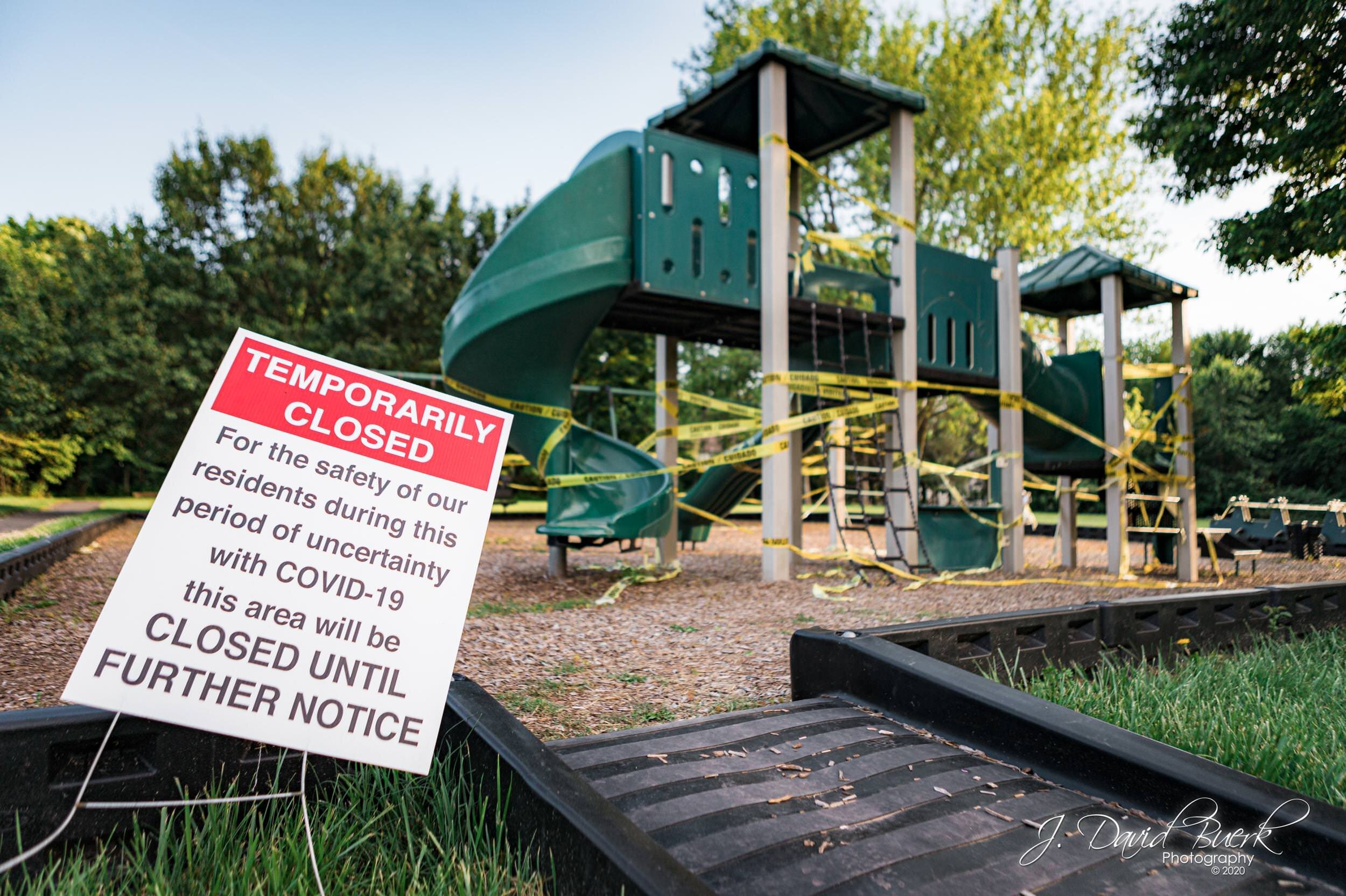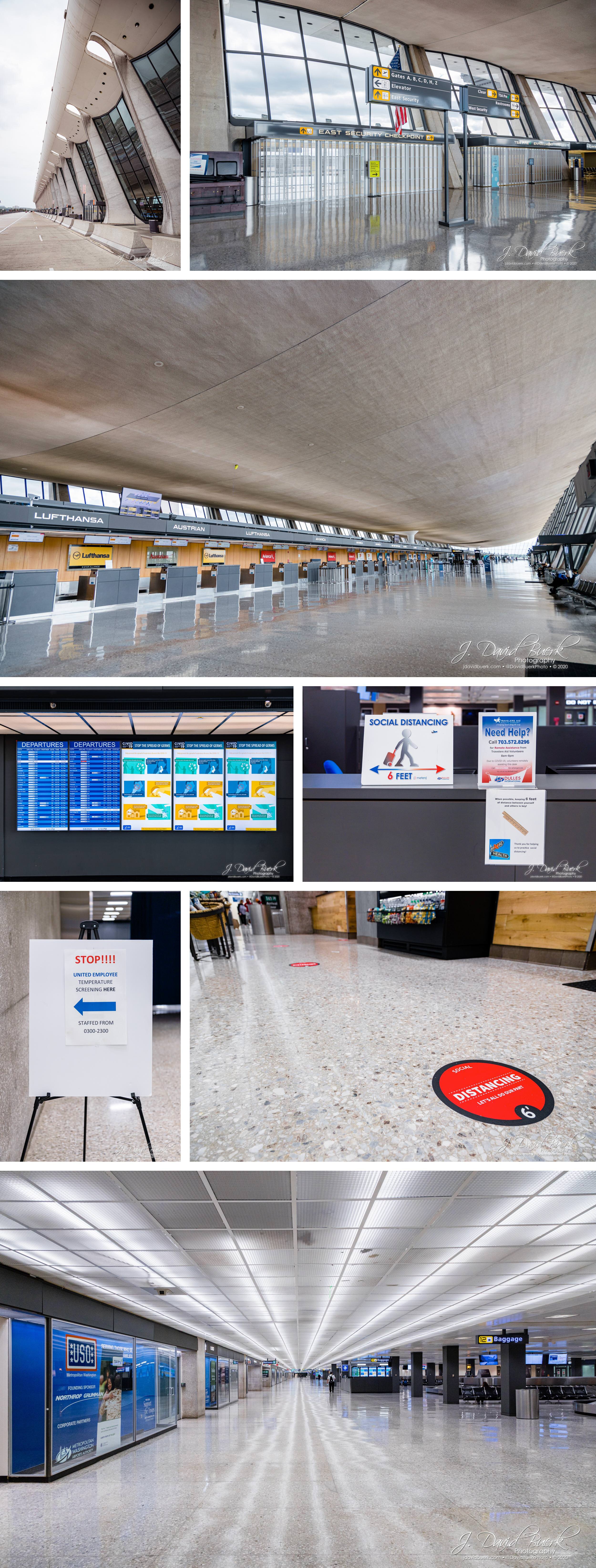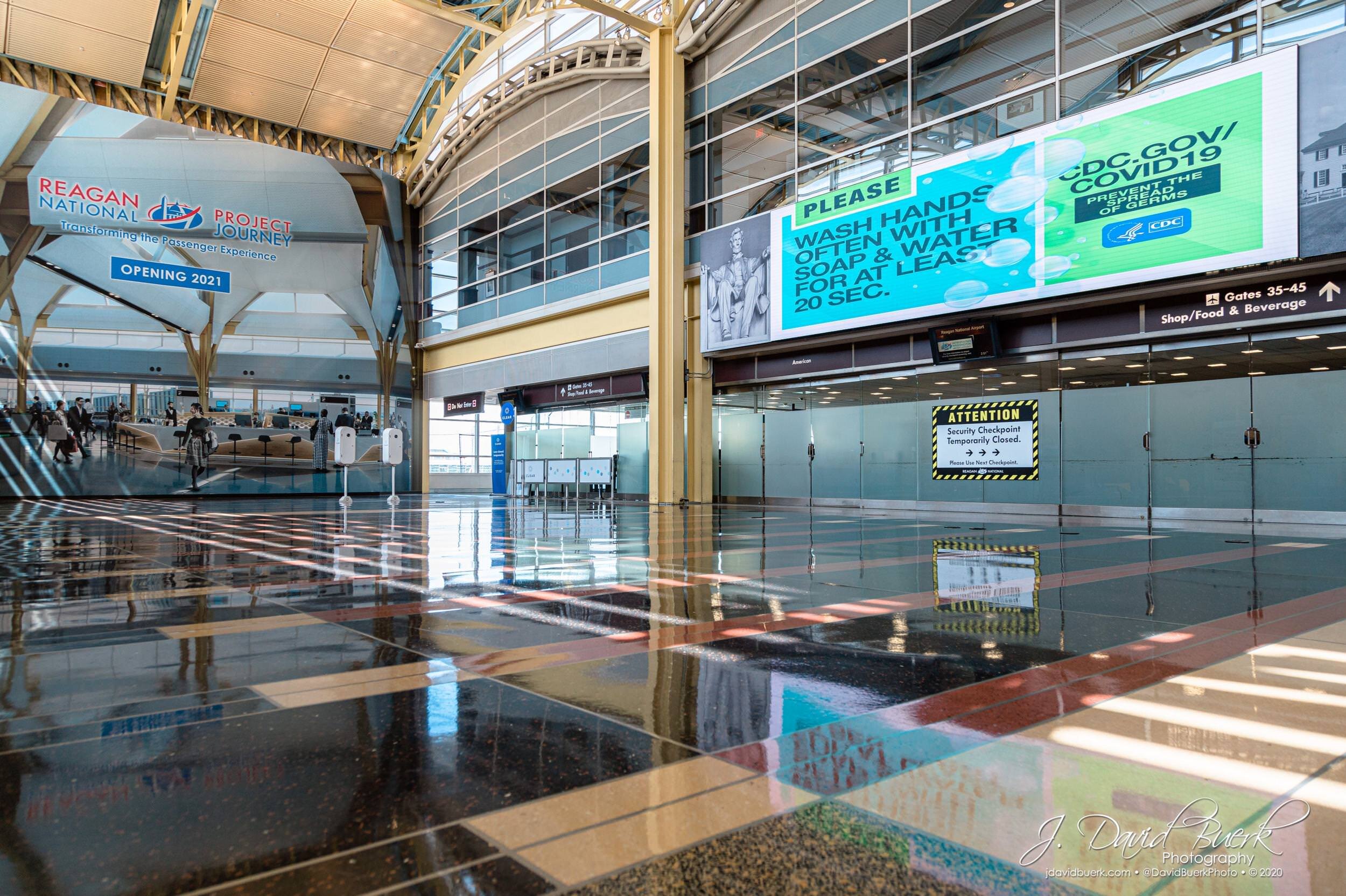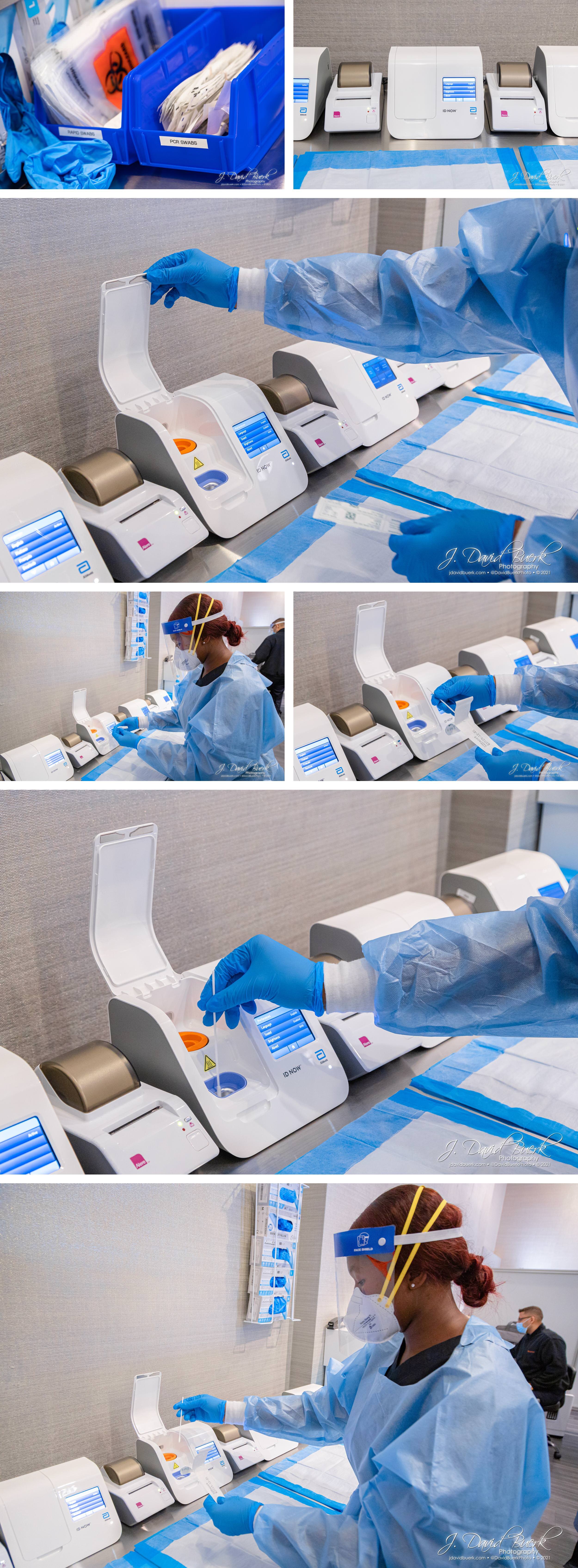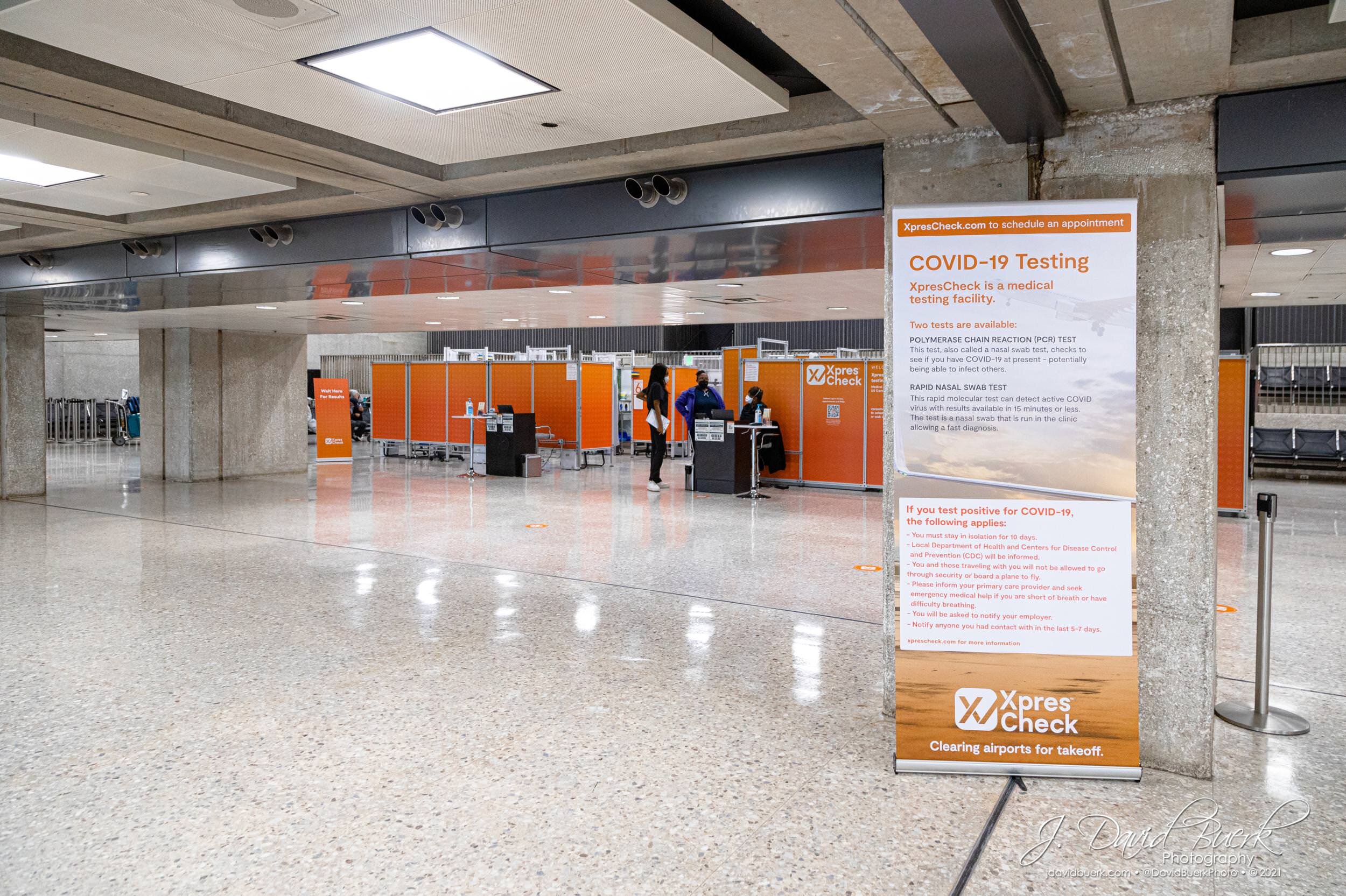At the beginning of the SARS-CoV-2 pandemic (2020), I documented impacts at several locations. This past Spring (2021), I returned to those same spots to capture how things have changed in a year’s time.
An Important Note About Timing
Although I’m posting this Then & Now in late Summer, all of the “Now” photos in this post were captured in April and May of 2021, to compare to those images from “Then” in the same months of 2020. I’ve been behind in posting to my Blog and social media accounts, so although I captured and edited these photos earlier in the year with the intention of posting immediately, work and life got in the way and I’m catching up and sharing this comparison with you now.
Please keep this in mind, as some things have changed, locations have updated even further, and more retailers have reopened in the months between these pictures being captured in Spring, 2021, and being posted in late Summer, 2021. Because of this gap and the rapidly changing landscape in the midst of COVID-19, pictures in this post from 2021 may already be out of date and not accurately represent current operating status - please refer to the appropriate respective website or physical location for the most up-to-date information.
In my original 2020 posts, I documented the shelves at numerous local retailers, but I’m not including a Then & Now comparison for these in this post because this is a well-documented difference everyone witnessed to some extent or another.
Fairfax County Neighborhoods
In 2020, I captured several local playgrounds which had been closed following national, state, and county level guidance and executive orders closing parks. Although orders to close were mandated by Governors, state health departments, and local governance and property owners alike, many people flagrantly disobeyed, tearing down barriers and signage to access parkspaces and playgrounds.
A closed Fairfax County playground in Spring, 2020.
Today, these parks and playgrounds have been reopened, the barricades removed, and temporary signs replaced with permanent signage displaying rules for use including social distancing, and waivers of liability.
A reopened Fairfax County playground in Spring, 2021.
Airports
Washington Dulles International Airport
Airports across the World were hit hard as travel became unsafe and oftentimes impossible with sweeping flight cancellations and suspension of air service for many carriers.
Washington Dulles International Airport was hit especially hard as almost all international travel was halted for the majority of 2020. At the Main Terminal, the normally bustling Departure Level had no cars present whatsoever. Inside, all ticket counter stanchions had been stowed to open up a the freshly cleaned terrazzo floor. All but one security checkpoint was closed due to so few travelers passing through and needing to be screened. An eerie silence filled the spacious building as background music had been turned off to save on licensing fees, and the only people present were a handful of employees. Only the drone of HVAC filled the space.
With very few flights scheduled, FIDS screens were replaced with guidance on proper handwashing techniques. Social distancing signage was hastily printed and posted on Travelers Aid desks, but the now-ubiquitous 6ft spaced floor stickers were only present at the lower level Starbucks. No guidance on masking was posted anywhere at this very early point in the pandemic, although I was already wearing an N95 at this time.
Downstairs, the Arrivals level was somehow even more vacant. Signage pointed United employees to a dedicated temperature screening area, mandatory for each employee to visit prior to starting their workday; remember, this was even before COVID testing had been developed, let alone rolled out en masse. At the time of photography, this screening station was unstaffed, as vacant as the rest of the lower level.
Washington Dulles International Airport in Spring, 2020. Security checkpoints close and passengers are scarce as airlines suspend operations at the beginning of the pandemic in 2020.
Today the departure level is once again bustling, with traffic wrapping all around the “racetrack” in the afternoons (although this isn’t shown at the time I photographed this follow-up set), and passengers crowding the interior during morning and afternoon banks such that social distancing is frequently an impossible task. International air travel has resumed along many air routes Dulles serves, and in some cases new domestic and international routes have been added in as demand has changed - the entire aviation landscape has shifted in a year’s time.
FIDS are still not completely filled like they were pre-pandemic, but are well above the 50% mark once again, with the dead space now showing directions to retailers that are currently operating. On all entranceways, permanent signage has been added displaying that all persons entering are required to wear masks regardless of vaccination status.
The lower level was even busier, with visitors once again awaiting loved ones aboard resumed international flights, and passengers gathering their luggage from baggage claims. Mirroring the social distancing stickers placed on the Departure level floors at ticket counters, each baggage claim how has decals asking travelers not to crowd around the belts as luggage arrives.
Washington Dulles International Airport in Spring, 2021. Security checkpoints reopen and passengers return as most airlines resume operations in 2021.
Ronald Reagan National Airport
When SARS-CoV-2 surged in Spring of 2020, DCA was similarly impacted. Upon arriving, the first indication that this wouldn’t be a normal airport experience was the empty parking garage. Inside, National Hall wasn’t strictly vacant like at IAD, however the only people present were employees. Airlines that had suspended operations had dire messages reading “Closed due to COVID-19” displayed on their check-in counters.
All information desks were closed, with signage simply stating Shopping & Dining retail hours had been adjusted, but with no further details. On a nearby column, a “COVID-19 Hand Sanitizer” dispenser was placed, and nearby ad space instead displayed messages encouraging social distancing as a lone unmasked passenger walked by.
Ronald Reagan National Airport in Spring, 2020. Passengers are scarce as airlines suspend operations at the beginning of the pandemic in 2020.
Since DCA is a smaller and much more densely laid out airport, it was even more visually apparent seeing all concessions closed together, many still decorated for the Cherry Blossom Festival which had come and gone several months prior. Many showed evidence of their hurried closure, with signs hastily printed and posted crooked on storefronts. Some had more permanent signage on display. Most had no signage at all, including some which had just newly opened several months before the pandemic.
Ronald Reagan National Airport in Spring, 2020. Restaurants and retailers close as a safety precaution and as required by law at the beginning of the pandemic in 2020.
Most striking was the closure of security checkpoints and the entire concourse behind them. As many airlines cancelled flights, operations were consolidated to other terminals, cutting back on manpower to screen passengers and maintain sections of the airport. Stanchions were stowed away opening up the terrazzo floor’s design in the sunlight as CDC guidance displayed overhead promoting proper hand-washing.
Ronald Reagan National Airport in Spring, 2020. Security checkpoints close as airlines suspend operations at the beginning of the pandemic in 2020.
Today, DCA’s parking garages are almost as difficult to find a spot in as before the pandemic, and National Hall is once again filled with people; masked passengers trickle in to departures, and flock through terminals as flights arrive. Some airlines are still not operating, though most have resumed operations or are near original operating capacity; some have even added new routes. Check-in desk signage has been updated to the much more succinct and less ominous “Closed.”
Travelers Aid desks have reopened, with the early-pandemic signage replaced by airport-wide mask usage advisories. Some things have remained the same; hand sanitizer stations are still present and still branded with COVID-19 labels, and some of the original social distancing signage remains - that was good advice from the beginning.
Ronald Reagan National Airport in Spring, 2021. Passengers return as most airlines resume operations in 2021.
Unfortunately, due to a variety of reasons, some of the retail stores and restaurants have not reopened. Some that have remained closed still bear the same printed paper signage, though someone has come along to straighten or update the “temporary” notices. Others, sadly, are completely gone a year later; vacant and awaiting a new tenant. Since I’ve worked closely with the concessions programs at IAD and DCA for almost the last decade, photographing every single store and restaurant at both airports, the sweeping closures have been truly saddening to see, but it’s hope inspiring to see the majority of concessionaires one again open and serving passengers after witnessing last year’s necessary pause in operations.
Ronald Reagan National Airport in Spring, 2021. Most restaurants and retailers reopen, though some remain closed for a variety of reasons in 2021.
Most concessions, however, have reopened, and construction has completed on an entirely new terminal with new concessions gradually opening inside it the rest of this year. At Terminal C, which was closed in 2020, the TSA screening checkpoint has reopened in 2021, with the same CDC hand-washing signage still cycling overhead as passengers stroll toward their flights. The picture below was taken just one day before the new Terminal C expansion was opened for public flight operations, so the dustwall shown below is now open to public at time of writing.
Inside the new 14 gate Terminal C expansion, departure boards are filling up quickly as the new gates are already being utilized by American flights.
Ronald Reagan National Airport in Spring, 2021. Security checkpoints reopen and passengers return as airlines resume operations in 2020.
XpresSpa & XpresCheck
The XpresSpa & XpresCheck retail space merit a closer look. This is a location I didn’t specifically capture last year because when I captured my Before pictures in the early stages of the COVID-19 pandemic, XpresSpa hadn’t transformed into the clinical testing chain it would become later in 2020.
XpresSpa opened at DCA in 2015, offering massage, mani / pedi, and other relaxing services to pamper yourself before or after a stressful flight. The interior featured massage chairs, manicure stations, and two private massage suites, as well as cosmetics and personal care items for sale.
These images were photographed in 2015 upon XpresSpa’s opening for marketing and press release purposes.
Today, the entire XpresSpa has pivoted their business to COVID-19 testing, and rebranded as XpresCheck. In 2020, XpresSpa had locations at 80 airports across the nation; flash forward a year, and only two XpresSpas are currently open - all others have closed or converted to one of the 13 XpresCheck COVID-19 testing clinics located at 11 US airports. XpresCheck at Reagan National is equipped to handle 300 tests per day, and 500 per day at Dulles. At $250 for a Rapid PCR Test, the move that took a mere 75 days to execute from inception to deployment not only saved the brand in a year where the personal care industry was upended by the need to social distance, but in fact is more profitable, even with less than 1/5th the locations.
These images were photographed in March, 2021 upon XpresCheck’s opening for marketing and press release purposes.
Inside, XpresCheck has 4 private screening rooms, and offers Rapid Molecular NAAT Tests, Standard Polymerase Chain Reaction (PCR) Tests, and Rapid PCR Testing.
Rapid tests are processed on-site, with results delivered within an hour; crucial for travelers en route to national hotspots and foreign countries with entry requirements including negative COVID-19 tests.
You can read more about XpresCheck’s services and schedule an appointment on their website.
These images were photographed in March, 2021 upon XpresCheck’s opening for marketing and press release purposes.
Like at DCA, the XpresCheck testing clinic at Washington Dulles International Airport is also pre-security, so individuals do not need a ticket to be screened for COVID-19.
XpresCheck at Washington Dulles International Airport, Spring, 2021.
Final Thoughts
Everyone can agree that 2020 was not a normal year; the pandemic changed everything in Spring, 2020, but a year later, although the World is different, it has adapted and risen to the challenge. 2021 has shown that although change can be big and fast, and things may be different, we can achieve and overcome almost anything with a bit of time and ingenuity, even if things aren’t quite what we imagined a year prior. Just like the shelves at our local supermarkets that were once empty, in 2021 the World has adapted and created solutions to 2020 problems.

